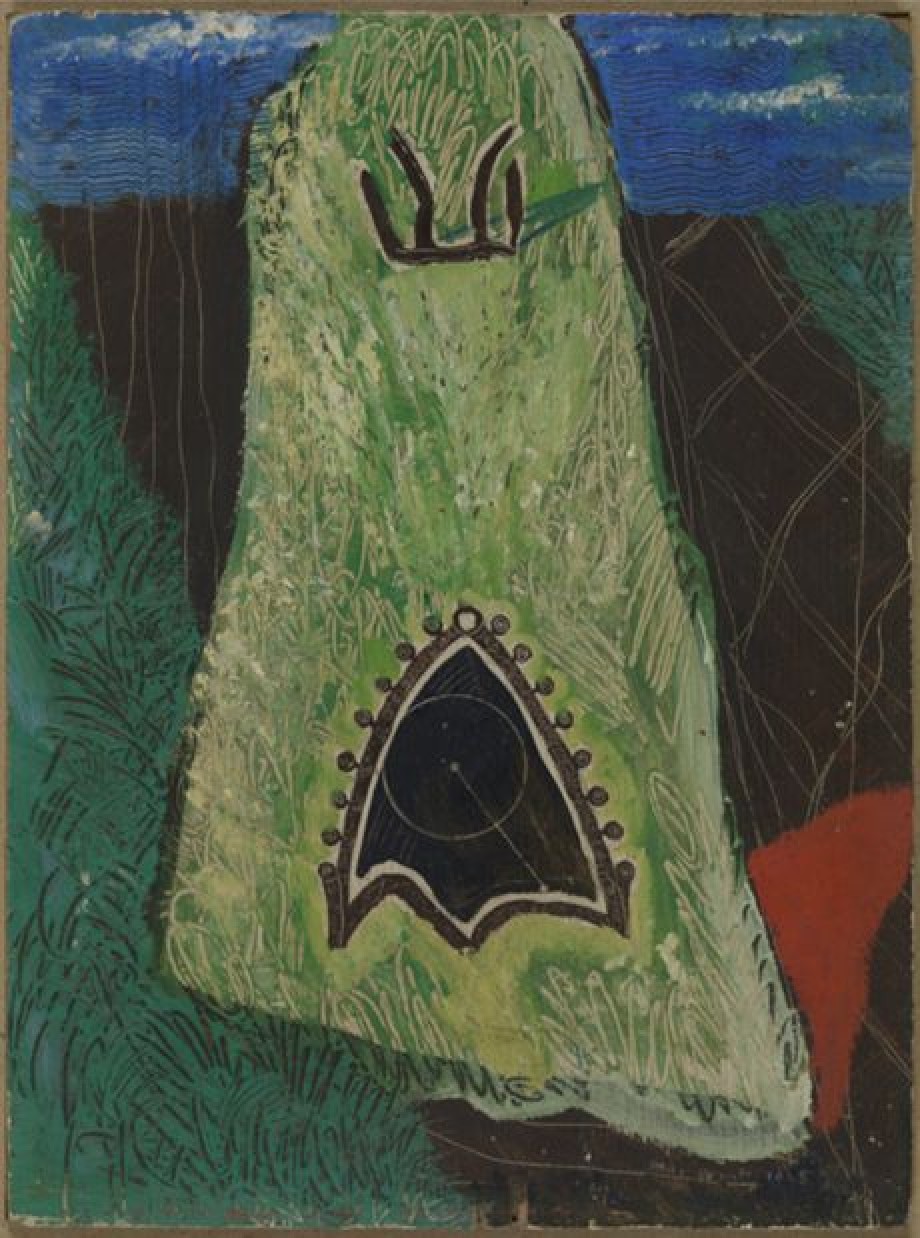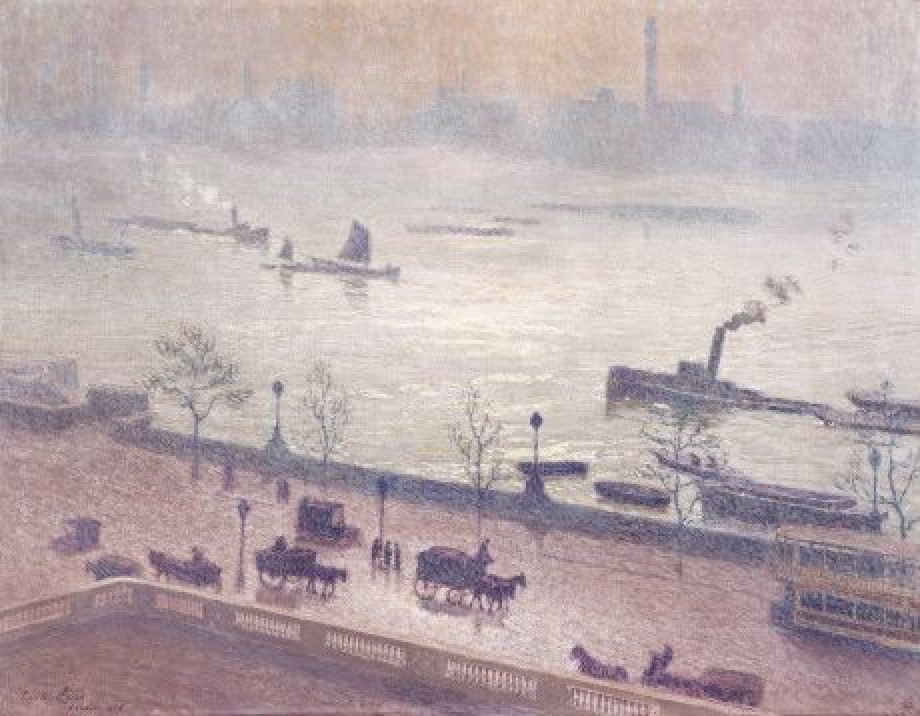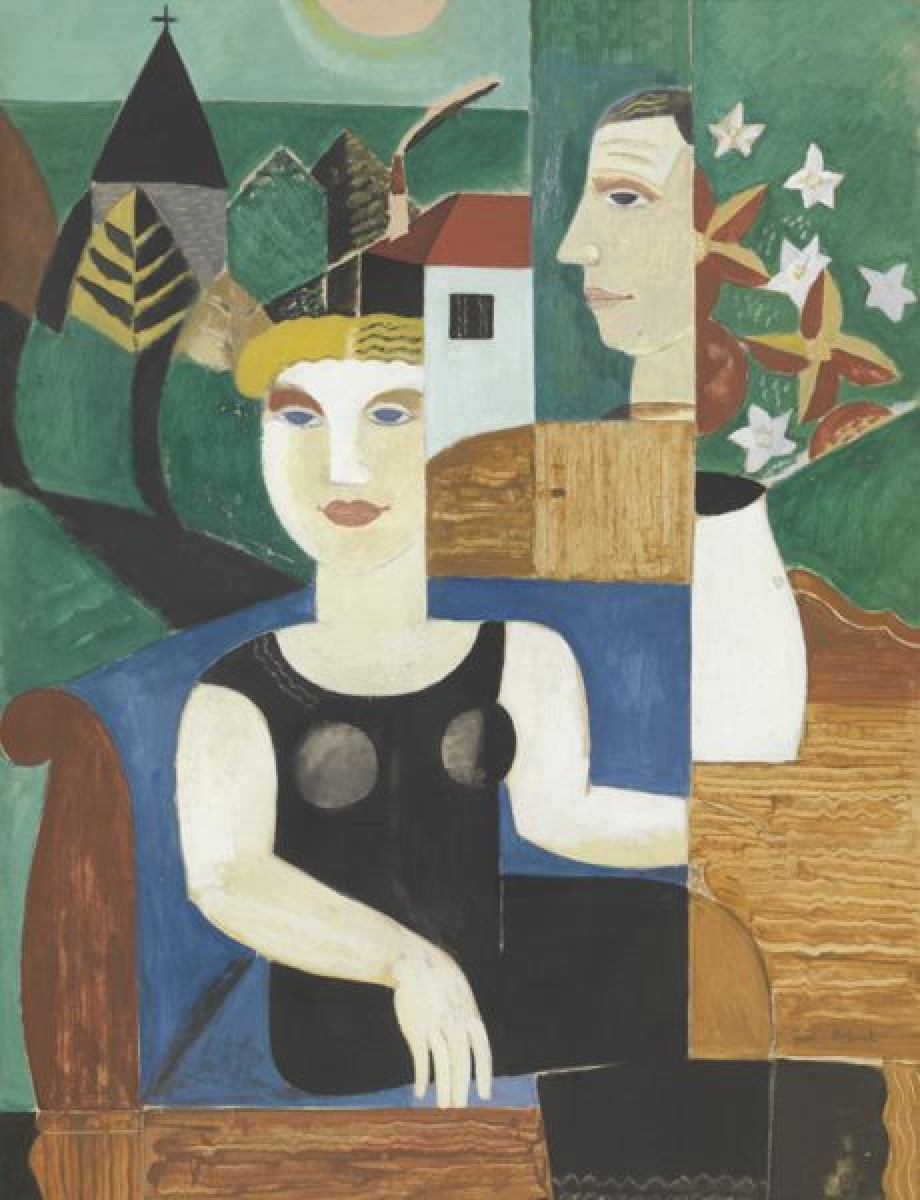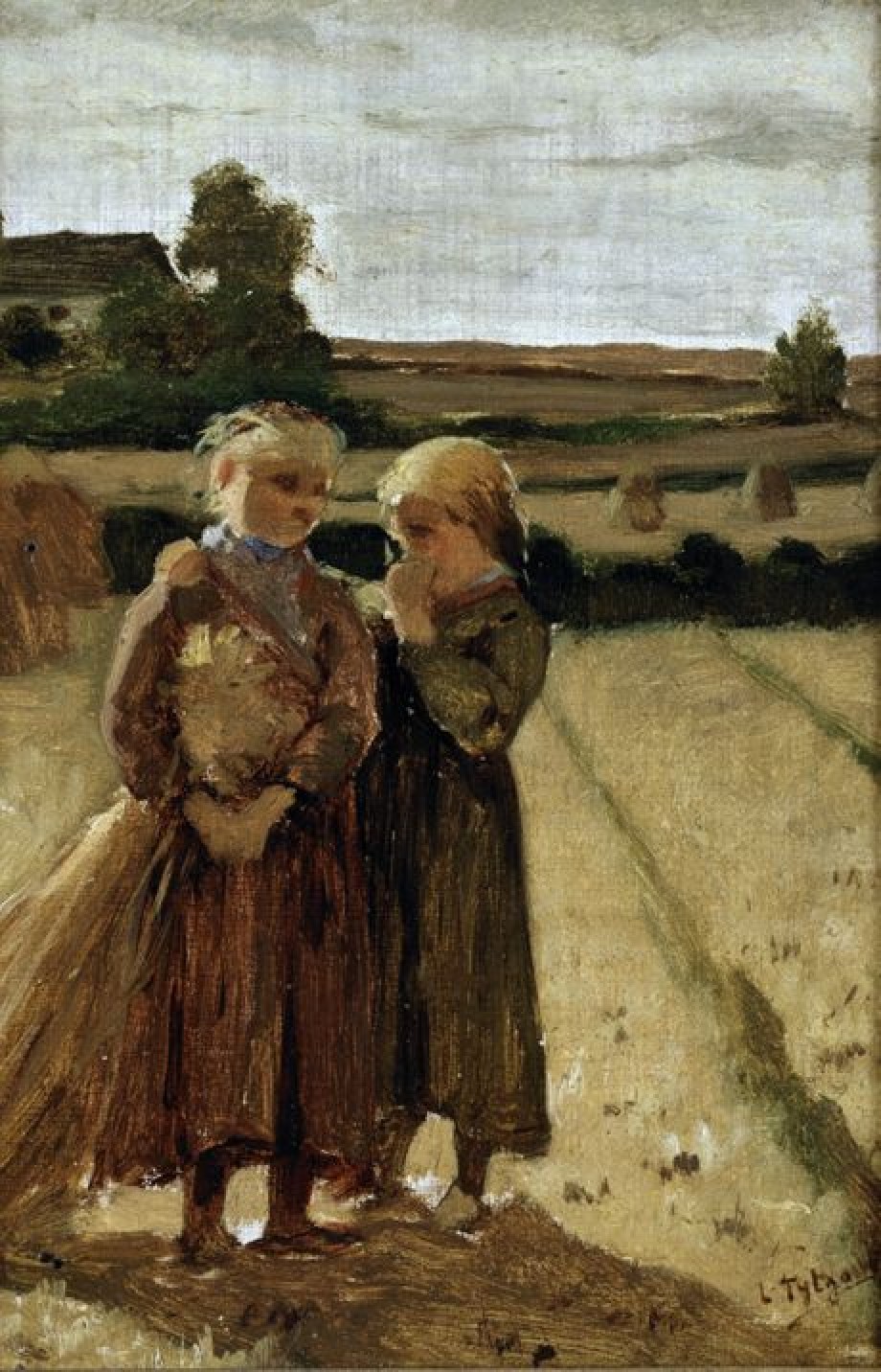The Countryside around Siena

Artist / maker
Georges Dufrénoy (painters (artists))Date
1911Period
20th centuryCollection
Museum of Fine Arts Ghent
The influence of his Italian travels on Georges Dufrénoy's oeuvre can hardly be overestimated. Not only was his acquaintance with the work of Renaissance masters such as Titian and Tintoretto crucial for the development of his manner of painting, but the beautiful landscape and the light in the Tuscan landscape also fascinated him immensely. By alternating transparent and opaque layers…
Read more
The influence of his Italian travels on Georges Dufrénoy's oeuvre can hardly be overestimated. Not only was his acquaintance with the work of Renaissance masters such as Titian and Tintoretto crucial for the development of his manner of painting, but the beautiful landscape and the light in the Tuscan landscape also fascinated him immensely. By alternating transparent and opaque layers of paint - which he saw in Tintoretto, among others - Dufrénoy succeeded, despite the rapid and broad brushstroke that took his work to the limits of abstraction, always creating a strikingly atmospheric representation of the landscape. The cityscapes of Tuscan towns occupy an extensive place in his oeuvre. The Sienese countryside is a representative work by Dufrénoy in the collection of the Museum of Fine Arts. Apart from the stylistic features, the stillness and the solitude that the work exudes are typical of Dufrénoy's entire oeuvre. The Surroundings of Siena was purchased by the City of Ghent at the Salon of Ghent in 1922. Dufrénoy is probably not the most inventive or important artist of Fauvism. Yet it cannot be denied that he succeeded, as peintre de la solitude, in creating a personal and original oeuvre that can be seen as a synthesis of the main movements of the avant-garde at the beginning of the twentieth century. [...] Dufrénoy est un synthétiste, [...], qui sent par larges impressions et peint par grandes touches, sacrifiant presque toujours le détail inutile à l'ensemble, guidé par la lumineuse loi d'amour, capable d'éclairer les vrais artistes décidés à asservir la matière à leurs fins, et à lui imposer leur volonté pour en extraire le maximum de beauté. (Deroudille, 1984, p. 22)
Read less











